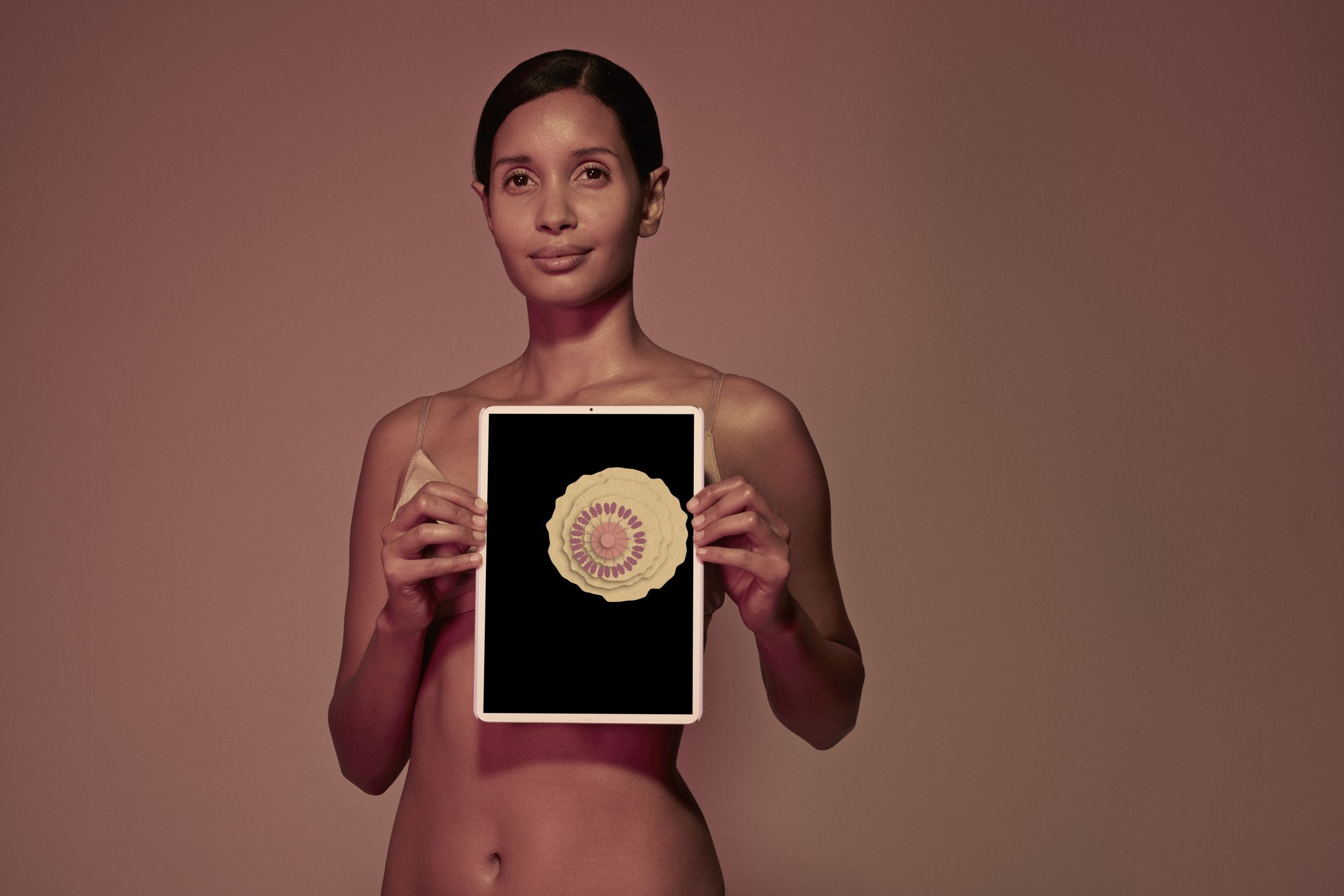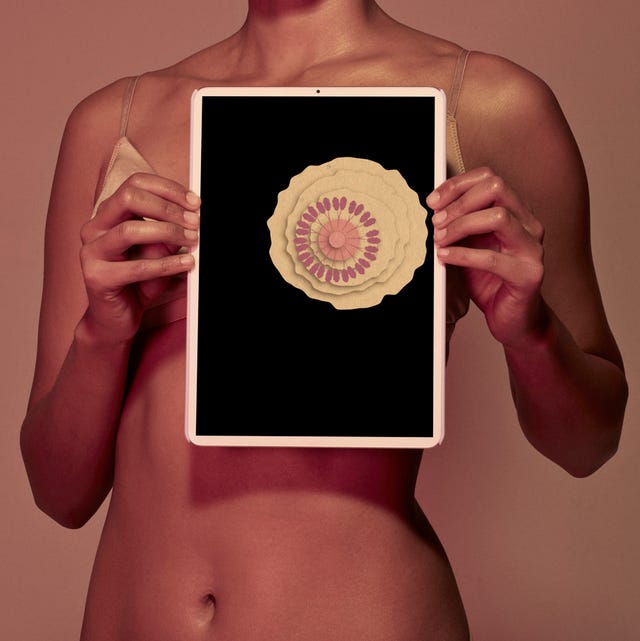Guidelines for Breast Cancer Screening – As you can see from my summary, there are a few different methods available. I recommend you spend a few minutes researching to find out which one is right for you. But it all depends on where you live and what type of health insurance you have. Most importantly, it’s important to understand the pros and cons of each method. ing
If you have any questions, please leave them in the comments below. This is a topic that I am very passionate about. I wrote a book called “Guidelines For Breast Cancer Screening”. There are three important things you should know about breast cancer screening. First, it’s not 100% effective. Second, it’s not perfect. And third, it has some risks associated with it.
Breast cancer is the second leading cause of cancer death among women worldwide. But it’s not the only one. Many other cancers are just as deadly but less visible.
I recommend watching the videos in the “Resources” section to learn more about breast cancer.
The goal of breast cancer screening is to detect tumors early. Early detection increases the chances of survival.
Most women who develop breast cancer are over 50. They are screened more often than younger women because they are more likely to have dense breasts and a higher risk of developing breast cancer.
Breast self-examination is the first step to detecting tumors and is best done monthly. Mammograms are recommended every 1-2 years after age 40.
Did you know breast cancer screening is very important, especially for women with a family history of the disease? That’s why it’s crucial to understand how to get a mammogram, one of the most common breast cancer screenings.
If you want to learn more about getting a mammogram and other breast cancer screenings, read this blog post.

Screening guidelines
You’ve heard them before, but I’ll repeat them because they’re really important. They are the foundation for any online business.
I’m sure you’ve heard plenty of people talk about how easy it is to make money online. But the truth is, tons of low-quality products on the market offer little to no value to anyone. If you aren’t screening your leads, you’re missing out on a ton of potential revenue.
That’s why you must screen your leads. If you don’t, you will only end up wasting your time and money.
The bottom line is this; if you want to make money online, you will have to invest a lot of time into screening your leads. That’s a simple fact.
I’m going to start this section by saying that I believe online courses are a great way to make money online. They’re a great way to supplement your income if you already have a job and can’t quit yet.
However, I also believe that there are some things that you should know before signing up for an online course. In this blog post, I’ll cover those things.
This is also a good place to mention that I’ve got a lot of other blogs that can help you with information about making money online, so check them out too!
Breast self-examination
Breast self-exam (BSE) is crucial to breast cancer prevention. The American Cancer Society recommends that women perform BSE every month and perform clinical breast exams (CBE) yearly.
To start a breast self-exam, you should start by learning how to conduct it properly. If you want to know how to perform it, click here to watch my video.
There’s no denying that regular breast self-examination can save your life.
This is a great method for discovering lumps, masses, and other abnormal growths. It’s a very simple process that can help you become aware of problems you may not have noticed otherwise.
It’s also a simple way to maintain a healthy lifestyle. Most experts recommend women perform BSE at least once a month and that they examine their breasts every time they shower or bathe.
However, BSE isn’t a magical cure for everything. It would help if you still had regular mammograms to catch cancer early.

Screening for breast cancer
Breast cancer is the second leading cause of death for women in the US. But a recent study shows that mammography screening has saved lives.
However, it’s also important to know the limitations of mammography screening. This includes both the screening itself and the interpretation of results.
The good news is that with regular screenings, we have a higher chance of detecting breast cancer early. This increases the chances of finding it and saving lives.
However, a mammogram isn’t perfect. There are false positives and negatives. A mammogram is only accurate 50-60% of the time.
Screening for breast cancer is a critical step in detecting a potentially deadly disease. Unfortunately, many women are told by their doctors to undergo unnecessary tests and procedures because they’re worried about finding a lump or think it’s a good idea to schedule an annual mammogram.
But while screening can save lives, it can also lead to unnecessary biopsies and other procedures that cause significant discomfort, pain, and sometimes scarring.
So what can you do to ensure you get the most accurate results possible?
First, consider asking your doctor about alternative ways to screen for breast cancer.
Second, ask your doctor whether or not the test they recommend is necessary.
If you feel your doctor isn’t giving you the right answers, you may want to consult with another doctor.
Risk factors for breast cancer
Breast cancer is the leading cause of cancer death among women worldwide. While it’s a devastating disease, there are many things you can do to lower your risk of developing breast cancer.
According to the National Cancer Institute, there are several risk factors for breast cancer, including age, family history, race, and lifestyle choices. However, the most important thing you can do to reduce your risk of developing breast cancer is to maintain a healthy hy body weight and lifestyle.
Breast cancer is a serious health problem affecting millions of women annually. While many factors affect the likelihood of developing breast cancer, several risk factors increase your chance of getting the disease.
Risk factors include age, family history, genetics, race, lifestyle, environment, diet, and radiation exposure.
Regarding breast cancer, I strongly recommend you talk to your doctor about your situation. But I think it’s important to know that risk factors increase your chances of getting the disease.
If you’re interested in learning more about how to prevent breast cancer, there are plenty of resources out there.

Frequently Asked Questions (FAQs)
Q: How important are breast self-exams and mammograms?
A: They are extremely important. A woman’s chances of dying from breast cancer are 1 in 8 if she has a mammogram yearly and her doctor has told her to do it. It’s not enough to have regular mammograms. You have to take the time to practice breast self-exams and know what your body looks like. This is the most important thing you can do to reduce your chances of dying from breast cancer.
Q: Should all women over 40 get a mammogram every year?
A: I am getting my first mammogram on July 3rd. A risk is associated with getting a mammogram, but it is small. If you have a family history of breast cancer, you may want to get a yearly mammogram starting at age 35.
Q: Should women under age 40 get mammograms?
A: According to the National Cancer Institute, women between the ages of 40 and 50 should have mammograms. Women who have had a hysterectomy (removal of the uterus) are more likely to have breast cancer. If a woman has had a hysterectomy, she should discuss this with her doctor to determine if a mammogram is appropriate.
Q: Do all women in their 50s need to have mammograms?
A: If your mother has had a hysterectomy, you must discuss this with your doctor. She may need a mammogram.
Q: Can other women besides older women get mammograms?
A: Yes. Your doctor feels you are at an appropriate risk for breast cancer.
Myths About Breast Cancer
Breast self-examination can reduce breast cancer mortality by 40%.
Screening mammography can reduce breast cancer mortality by 40%.
The guidelines recommend mammography starting at age 40.
The guidelines do not recommend mammography after menopause.
Women over 75 should get mammograms only every two years.
Women with a family history of breast cancer should not be screened.
Women with a family history of breast cancer should be screened every two years.
Mammograms should be done every year.
Guidelines for Breast Cancer Screening are not evidence-based and have no real-world application.
Guidelines for Breast Cancer Screening do not have high specificity.
Conclusion
I would love to say that I have the answer to everything, but that’s not always the case. It’s important to understand what you don’t know and keep learning new things.
I’d like to offer some recommendations based on what I’ve learned. I’m not a medical professional, so please do your research and talk to your doctor if you have any questions.
I’d recommend talking to your doctor about how often you should get mammograms. If you’re over 40, I’d recommend getting them every year. If you’re between 40 and 50, you might want to wait until you’re 50. But if you’re under 40, you might want to consider getting them sooner.
If you have a family history of breast cancer, I’d recommend talking to your doctor about getting a mammogram at least every year. I’d also recommend speaking to your doctor about how often you should get an annual physical. If you haven’t had one in a while, it’s probably a good idea to go in for one.
Cancer is a serious disease. Early detection is key to saving lives.
However, screening mammograms are not without their risks. They can cause pain, anxiety, and false positives.
In addition, some people are uncomfortable with the idea of a stranger touching their breasts. And, if you’re over 50, some tests aren’t recommended.
This means that you need to understand what your options are.


